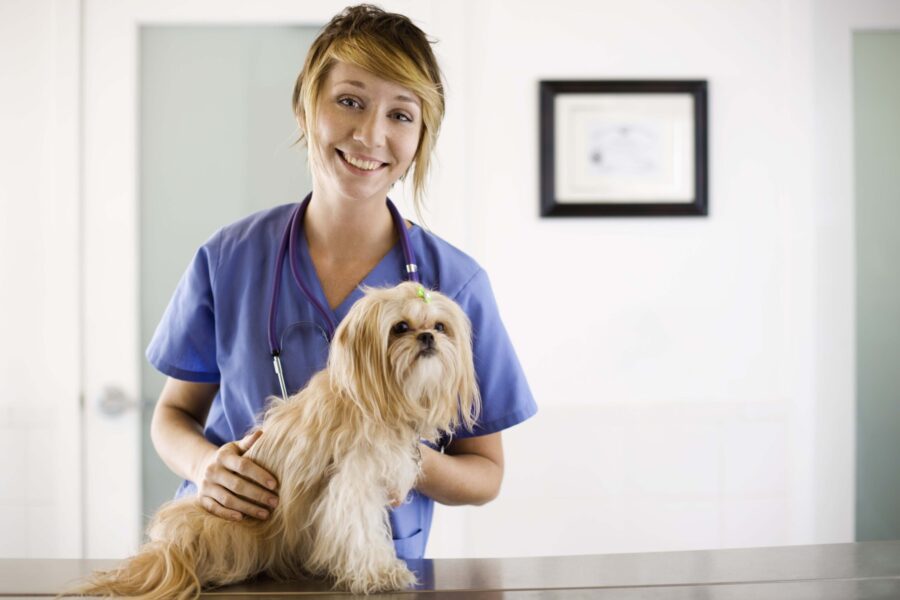The COVID-19 pandemic has caused a seismic shift in the demand for veterinary services in the United States. As pet ownership surged during lockdowns, the need for veterinary care has similarly increased, leading to heightened demands in veterinary labor markets. This situation stands in stark contrast to the “excess capacity” experienced post-Great Recession. That was the time when veterinarians faced limited opportunities and stagnant wages. Understanding these dynamics is crucial for veterinarians and stakeholders in the veterinary field.
Improved Forecasting Models for Veterinary Labor Markets
To deal with these changing conditions, better forecasting models are essential. Enhanced models can provide valuable insights for veterinarians, business owners, professional associations, and educational institutions, helping them make informed decisions. The approach discussed in a recent paper modifies existing methods for identifying the most suitable forecasting model based on current data. By utilizing this model, researchers generated forecasts extending to 2035, providing a clearer picture of future veterinary labor market conditions.
Insights on Supply and Demand Growth
The findings reveal that indicators for both the supply and demand of veterinary services are on a growth trajectory. Interestingly, there are no statistically significant differences between supply and demand growth, suggesting a competitive market for veterinary services and labor. Contrary to some previous studies predicting a shortage of veterinarians in the U.S., this data indicates a more stable market situation, which should alleviate some concerns among veterinary professionals.
The Importance of Comprehensive Data Resources
While the current data presents a more optimistic outlook, there remains a pressing need for improved data resources and methodological advancements. Enhanced data will provide deeper insights into the economic conditions affecting veterinarians, allowing for better strategic planning in both clinical and business settings. As the landscape continues to evolve, staying informed and adaptable will be key to success in the veterinary profession.
Prevention Protocols: An Integrative Approach
In light of these market dynamics, it’s essential for veterinarians to adopt prevention protocols that focus on integrative animal health. Integrative treatment options that combine complementary and alternative approaches can enhance patient care. These may include acupuncture, herbal medicine, chiropractic care, and nutritional therapy. Implementing these methods not only supports overall well-being but also fosters a deeper connection between veterinarians and pet owners. These connections help in enhancing client satisfaction and loyalty.
Conclusion: Embracing Change in Veterinary Practice
As the veterinary field adapts to the post-COVID landscape, embracing change and innovation is more important than ever. By leveraging improved forecasting models, adopting integrative treatment options, and emphasizing prevention protocols, veterinarians can position themselves to thrive in this evolving market. Staying proactive and informed will ensure that veterinary professionals continue to meet the growing needs of their patients.








